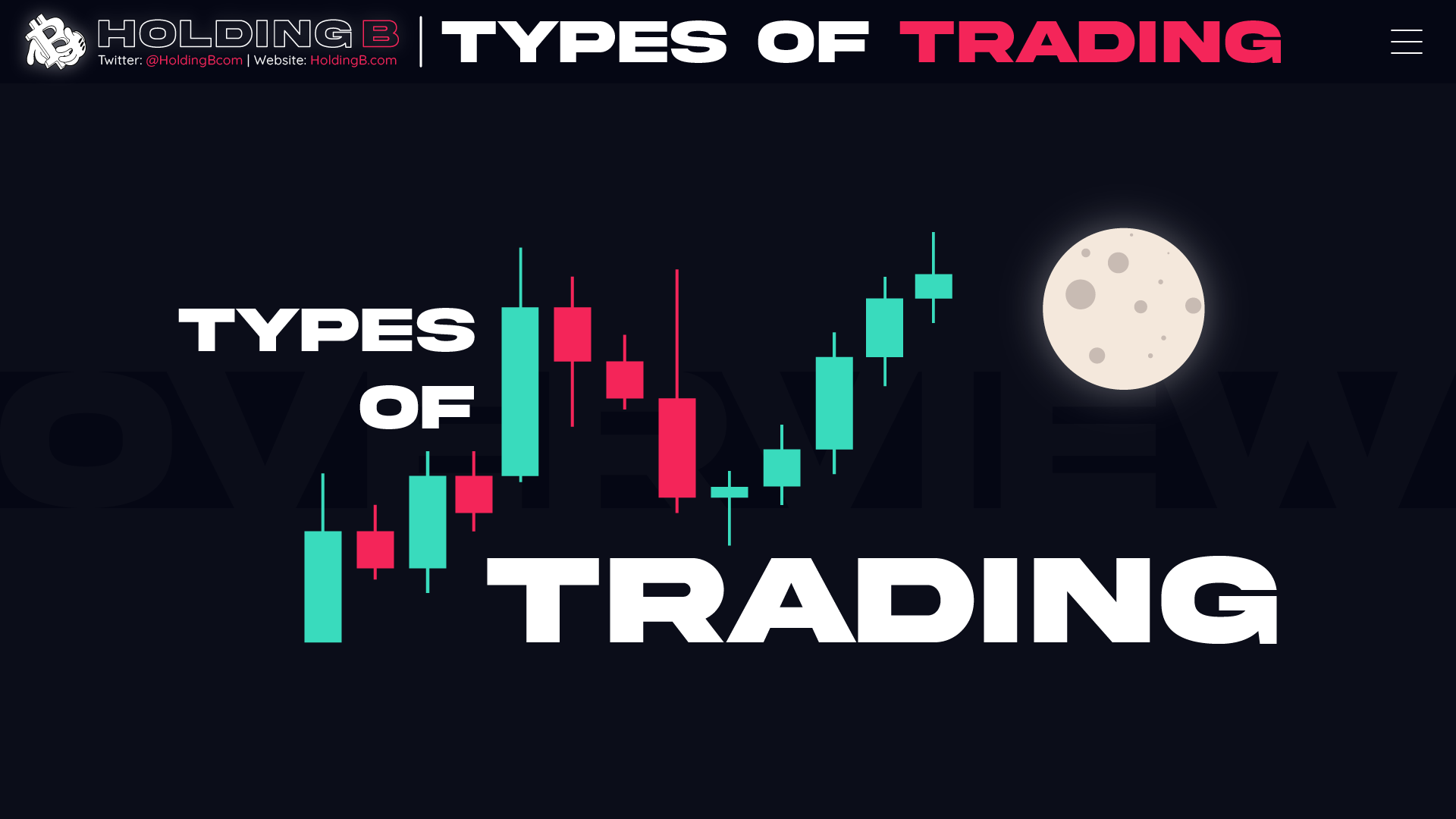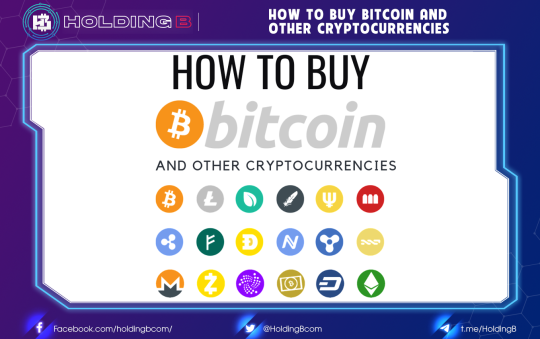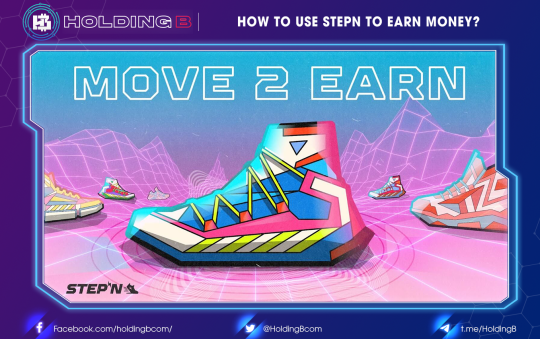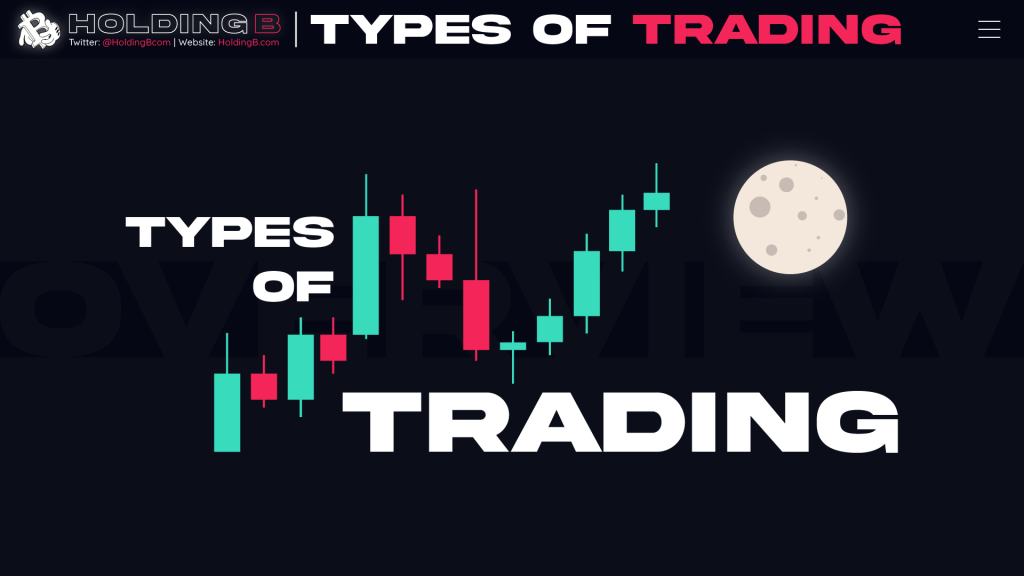
Bitcoin is known as the most popular name of the cryptocurrency Crypto Currency. For newbies, most of them do not know as well as do not know all the types of Crypto Currency market transactions available, so this article will help you summarize the popular forms of Bitcoin transactions today, the advantages and disadvantages as well as giving appropriate advice to newcomers.
Spot Trading (Spot)

Spot Trading aka Spot Trading, it is a method of buying and selling assets at the current market rate with the intention of receiving the assets immediately. Trading the spot market is popular with day traders. Because they can open short-term trades with the lowest spreads and no expiration date.
To be able to execute spot trades several strategies in the market are already available. Participants can trade on stocks, electronic gadgets and commodities. Cash transaction is another term used for this type of transaction.
- Benefits of Spot Trading
1. Many benefits can be availed by both buyers and sellers.
2. The negotiation between the two parties is competitive because a large number of buyers initiate a price war and thus offer the best price for both the buyer and the seller.
3. It is an accurate, transparent and regulated system. Fear of illegal transactions can be avoided.
4. Items are handled and stored in good condition; so buyers can expect standard quality.
5. The hosting business prospect is opening up.
6. Technological advances allow for faster transactions.
- How does Spot Trading trade?
As the name implies, spot trades are instant and fast transactions. For example, you have any 10 coins for $100. When participating in Spot Trading, you will receive $ 100 instant cash payment if there is an intention to sell and there is a buyer. This means you don’t need to wait as long as in futures based trading. Instead of setting a specific date, a specific price is then traded. You can trade and receive money right at the time of sale.
- Types of Spot Trading
There are two main types of spot markets: the Organized Exchange and the Over-the-Counter (OTC) Market.
- Over-the-counter (OTC)
This is a marketplace where sellers and buyers meet to transact through a general bilateral agreement without a third party overseeing to regulate the transaction. Assets traded on the OTC market may vary in price or quantity from the standard of traditional exchanges. OTC transactions are mostly private and prices may not be disclosed.
- Exchange market
An exchange market is an organized market where sellers and buyers place orders for prices and trade available financial assets. Transactions can be conducted on an exchange or on an electronic exchange. Electronic trading facilitates the trading process because prices are set instantly and a large number of trades are executed at the same time.
- Pros and cons of Spot Trading
Spot price is the current quote for immediate purchase, payment and delivery of a specific commodity. This means that it is extremely important because prices on derivatives markets like futures and options will inevitably be based on these values. The spot market also tends to be extremely liquid and active for this reason. Commodity producers and consumers will enter the spot market and then hedge in the derivatives market.
One drawback of the spot market, however, is the delivery of physical commodities. Another downside is that the spot market cannot be effectively used against future production or consumption of a commodity, which is where the derivatives market is more suitable.
If you are a newcomer to investing, you will face certain difficulties. Therefore, first of all, equip yourself with a “belly” of knowledge and clarify the issue that you are interested in. Only then can you reduce your risks.
WHAT IS CRYPTO MARGIN ?
Margin trading is a method of trading assets using funds provided by a third party. When compared to regular trading accounts, margin accounts allow traders to access greater sums of capital, allowing them to leverage their positions. Essentially, margin trading amplifies trading results so that traders are able to realize larger profits on successful trades. This ability to expand trading results makes margin trading especially popular in low-volatility markets, particularly the international Forex market. Still, margin trading is also used in stock, commodity, and cryptocurrency markets.
In traditional markets, the borrowed funds are usually provided by an investment broker. In cryptocurrency trading, however, funds are often provided by other traders, who earn interest based on market demand for margin funds. Although less common, some cryptocurrency exchanges also provide margin funds to their users.
- HOW DOES MARGIN TRADING WORK?
When a margin trade is initiated, the trader will be required to commit a percentage of the total order value. This initial investment is known as the margin, and it is closely related to the concept of leverage. In other words, margin trading accounts are used to create leveraged trading, and the leverage describes the ratio of borrowed funds to the margin. For example, to open a $100,000 trade at a leverage of 10:1, a trader would need to commit $10,000 of their capital.
Naturally, different trading platforms and markets offer a distinct set of rules and leverage rates. In the stock market, for example, 2:1 is a typical ratio, while futures contracts are often traded at a 15:1 leverage. In regards to Forex brokerages, margin trades are frequently leveraged at a 50:1 ratio, but 100:1 and 200:1 are also used in some cases. When it comes to cryptocurrency markets, the ratios are typically ranging from 2:1 to 100:1, and the trading community often uses the ‘x’ terminology (2x, 5x, 10x, 50x, and so forth).
Margin trading can be used to open both long and short positions. A long position reflects an assumption that the price of the asset will go up, while a short position reflects the opposite. While the margin position is open, the trader’s assets act as collateral for the borrowed funds. This is critical for traders to understand, as most brokerages reserve the right to force the sale of these assets in case the market moves against their position (above or below a certain threshold).
For instance, if a trader opens a long leveraged position, they could be margin called when the price drops significantly. A margin call occurs when a trader is required to deposit more funds into their margin account in order to reach the minimum margin trading requirements. If the trader fails to do so, their holdings are automatically liquidated to cover their losses. Typically, this occurs when the total value of all of the equities in a margin account, also known as the liquidation margin, drops below the total margin requirements of that particular exchange or broker.
MARGIN TRADING IN CRYPTOCURRENCY MARKETS
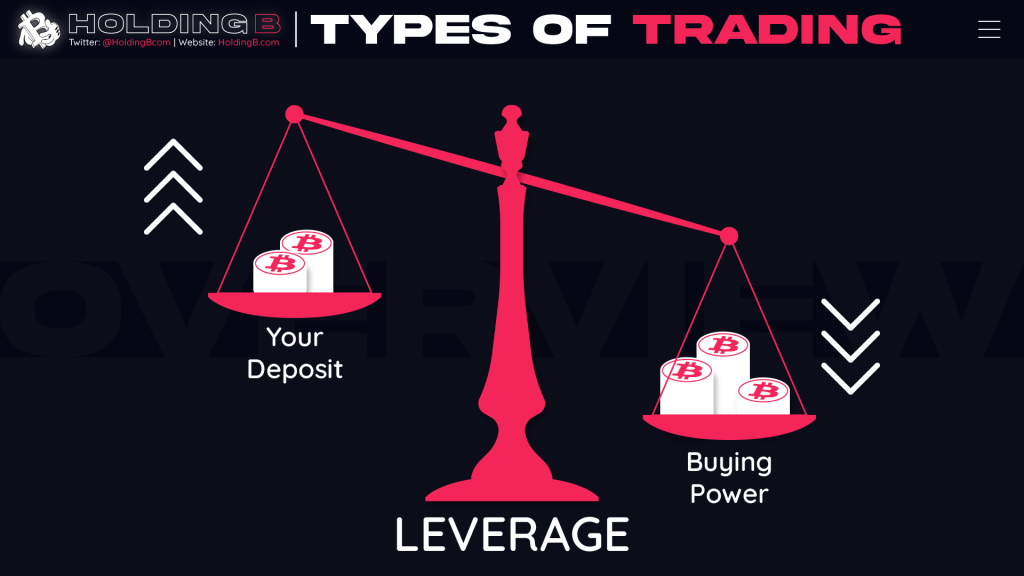
Trading on margin is inherently riskier than regular trading, but when it comes to cryptocurrencies, the risks are even higher. Owing to the high levels of volatility, typical to these markets, cryptocurrency margin traders should be especially careful. While hedging and risk management strategies may come in handy, margin trading is certainly not suitable for beginners.
Being able to analyze charts, identify trends, and determine entry and exit points won’t eliminate the risks involved with margin trading, but it may help to better anticipate risks and trade more effectively. So before leveraging their cryptocurrency trades, users are recommended first to develop a keen understanding of technical analysis and to acquire extensive spot trading experience.
2. ADVANTAGES AND DISADVANTAGES
- Advantages
– Great Profits: Margin trading can yield larger profits due to the relatively larger value of the trading positions. This is the biggest advantage that this platform gives investors to buy and sell BTC, buy and sell ETH, buy and sell cryptocurrency.
– Diversify investments: As traders can open many positions with relatively small investments.
– Easy to open positions: Margin accounts can make it easy for traders to open positions quickly without having to transfer large sums of money to their accounts.
- Disadvantages
– Vulnerable to loss: High profit means that the risk of loss is also high, therefore, if you are not alert, you can make big losses.
– High Risk: When doing margin trading, the trader can incur losses that exceed the initial investment, so it is considered a high-risk trading method.
- Note: Depending on the amount of leverage on a trade, even a small drop in the market price can cause significant losses for traders. For this reason, investors, who decide to use margin trading, need to use appropriate risk management strategies and risk reduction tools, such as stop orders. limit.
WHAT IS FUTURE TRADING?
Future, also known as a futures contract, is a transaction to buy/sell commodities at a certain time in the future, at a predetermined price. At that point, the buy/sell transaction must be made at a predetermined price, regardless of the price at the time.
When trading Futures, you don’t own the assets, you own the contracts, or “Contracts”. This contract is non-transferable and can only be closed prior to its expiration date.
On Binance or Bitmex, one will often choose to trade Futures with Perpetual Contracts, meaning perpetual contracts. With this type of contract, you can close it at any time, and depending on the difference in price with when you placed the order, it will calculate a profit or a loss.
In Future we also have the concept of Future Margin, that is, you will deposit an amount to borrow more money on the order, up to 100x (Bitmex) or 125x (Binance). Margin will help you maximize profit or increase risk many times (risk of account burning and loss of all deposit).
Because there is no real trading, Future Trading is a derivatives market. Prices are based on the spot market. However, sometimes there are times when the number of orders is too much liquid (because the trader does not have enough margin), the price on the Future will run faster than the spot market. On the chart, there will be very long candlesticks, sometimes going to 0, people often call it “kill margin”.
The fees charged for futures trading are Funding Rates, which cover the price difference between the derivatives market and the spot market. This fee can be positive (you pay) or negative (you get money). This fee is not fixed, changes every 8 hours depending on the balance between buy/sell orders in the market.
- HOW DO FUTURES WORK?
While digital assets are met with diverse and unique challenges, from high volatility to negative publicity in some states, some traders use this volatility to their advantage.
The most vital thing to note in crypto futures trading is that you only take risks on the price changes without holding the actual cryptocurreny.
Let’s consider a simplified example. Say John and Sarah entered a Bitcoin futures position at $40,000 each. In this scenario, John has a long position while Sarah took on an opposing trade. Upon expiration, the Bitcoin futures price settled at $45,000 for each contract. In this case, Sarah, who is holding a losing position, will have to pay the exchange the deficit loss ($45,000-$40,000 = $5,000). John, on the other hand, will receive a profit of $5,000 from the exchange.
- PROS & CONS OF TRADING FUTURES
Lucrative endeavors such as futures trading come with their fair share of advantages and disadvantages. Herein are the pros and cons of trading these derivatives.
- Pros
– Crypto trading futures allows one to bet against the market. For example, one can profit from both rise in crypto asset value and its fall.
– Crypto futures offer leverage on capital. This is advantageous as traders can gain significant exposure to an asset with only a fraction of its total cost. Therefore, leverage trading is the most attractive aspect of futures trading.
– It allows for hedging. It is a perfect choice when it comes to hedging your portfolio.
- Cons
– Volatility: The high volatility can be a blessing or a torment to traders. Determining the market’s movement is not a guarantee.
– Highly risky: Due to the high leverage involved, crypto futures is one of the riskiest trading instruments. Novice traders should minimize their exposure to futures trading and trade them with a robust risk management strategy.
- HOW TO TRADE FUTURES CONTRACTS ON BINANCE?
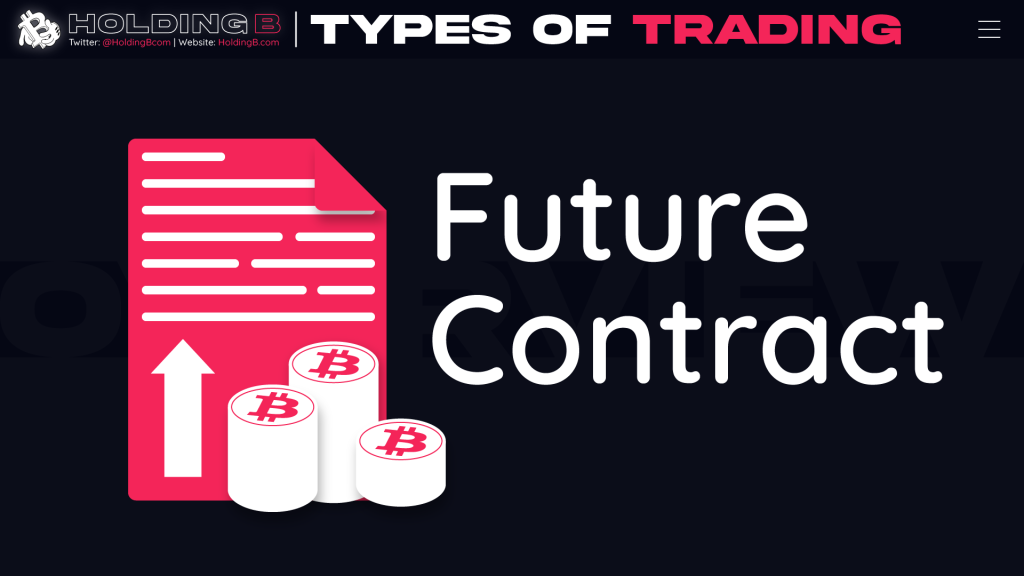
Trading futures contracts on Binance is pretty straightforward. If you are an existing Binance user, you can get started with futures trading within minutes.
To begin:
- Open a futures trading account on Binance. Please note that you must enable a 2FA verification to fund your futures account before you start trading on Binance Futures. Read more about account opening here.
- Deposit funds in USDT, BUSD, or cryptocurrencies supported by Binance Futures. Binance Futures supports a wide range of crypto assets as collateral.
- Select your preferred futures contract. There are two types of futures contracts available on Binance: USDⓈ-M Futures and COIN-M Futures. For example, if you want to trade BTCUSDT perpetual contracts, please select USDⓈ-M Futures. For BTCUSD coin-margined contracts, select COIN-M Futures.
- Select the appropriate leverage for your futures contract.
- Place orders according to the various order types available on Binance Futures. For starters, you can select a buy-limit or buy-market order to purchase for your first futures contract.
- For example: You have $ 100 you can borrow up to 125 times, that means you will have $ 12,500 to buy long or sell short, or to be precise, bet on the price of a coin market. something like Bitcoin. If you choose the right bull market, the profit will be extremely attractive, but if you choose the wrong one, it is normal to burn your account. (The term account fire only means that you lose all your capital)
- With the Crypto market already full of volatility at normal trading levels, when you trade derivatives, its volatility is much more terrifying. So you should consider before choosing this form of Crypto derivatives trading.
WHAT IS P2P TRADING ?

P2P trading is the act of buying and selling cryptocurrencies directly between users, without a third party or intermediary. When you buy or sell cryptocurrencies using a traditional exchange, you don’t get to transact directly with the counterparty. Instead, you use charts and other market aggregators to determine the optimal time to buy, sell, or hold cryptocurrencies. The exchange organizes the transaction on your behalf, and the market price determines your final price at the time of transaction.
P2P trading gives you more control over who buys your cryptocurrencies and who you buy from, the pricing and settlement time. While P2P trading gives users finer control over the process, it is vital to note that peer-to-peer transactions carry some risks when there is no third party to broker the deal. This is where an exchange like Binance P2P becomes essential for risk-conscious users.
- How Does a P2P Exchange Work?
Some people compare a P2P exchange to marketplaces like Craigslist or Facebook Marketplace, because P2P exchanges connect crypto buyers and sellers. Buyers and sellers can browse crypto ads or post ads of their own. P2P exchanges can also provide a layer of protection for everyone involved in the transaction, by implementing a feedback or rating system. Picture this: You meet someone on Twitter who is interested in buying Bitcoin—and you happen to have some Bitcoin to sell. Twitter is not a P2P platform, so it is difficult to establish trust. What happens when the buyer gets the Bitcoin but doesn’t send the payment? What happens when the buyer sends a lower payment amount than expected? Fraud is the biggest risk of conducting P2P trades without an exchange.
Binance P2P can protect both buyers and sellers to safeguard transactions and reduce the risk of fraud. In addition to a public rating system, Binance P2P uses escrow to secure the cryptocurrencies until both parties have confirmed the transaction. For example, if you are selling Bitcoin for fiat money, Binance will escrow your Bitcoin. Once you send the Bitcoin and the transaction is confirmed, Binance will subsequently credit you and the buyer, ensuring a safe and secure transaction. If either party is unhappy with the transaction, they can file an appeal to resolve the issue between counterparties, or have Binance Customer Support step in.
- Advantages of P2P Exchanges
1. Global Marketplace
local P2P Bitcoin exchangeBinance P2P
One advantage of using a is that it gives you access to a global market of cryptocurrency buyers and sellers. is accessible in over 180 countries. You can buy and sell cryptocurrencies with people across the globe in a few seconds.
2. Multiple Payment Methods
When you trade on traditional exchanges, you may not get as many payment options compared to P2P exchanges like Binance. Binance has over 150 payment methods available, including in-person cash payment—which can be useful for those who prefer face-to-face transactions or those without access to a bank account.
3. Zero Trading Fees
While traditional cryptocurrency exchanges attract a fixed fee or percentage per trade, Binance P2P allows traders to connect and perform transactions with zero fees. Not all P2P exchanges offer this feature, so be sure to check the terms and conditions when choosing a peer-to-peer exchange.
4. Secured Transactions Using Escrow
As stated above, Binance has an escrow service to protect buyers and sellers. When opting to secure a transaction with escrow, funds are held by Binance and only released when the terms of the deal are met by both parties involved. Binance P2P transactions must be completed within a certain timeframe: If either party cannot meet the terms of the deal, the cryptocurrencies or fiat will be returned to your wallet.
- Disadvantages of P2P Exchanges
1. Slower Trading Speeds
While P2P transactions can be conducted near-instantly once both parties have confirmed the transaction, one party might delay the transaction for various reasons. With traditional trading, you don’t need to wait for the buyer or seller to confirm before you can move on from the transaction. With P2P, the buyer or seller can change their minds halfway through the transaction and decide to end it.
2. Low Liquidity
P2P exchanges are still relatively new and have lower liquidity than centralized exchanges. For this reason, larger traders who need to complete major transactions may prefer to use OTC (over-the-counter) trades or buy/sell using the standard exchange.
WHAT IS OTC CRYPTO ?
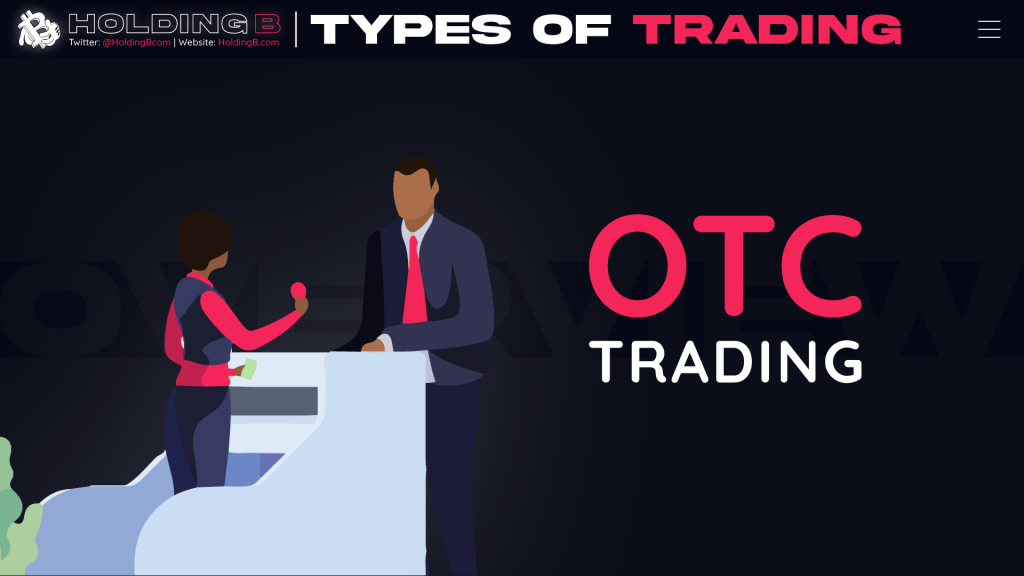
Crypto OTC is simply the trading of crypto assets directly between two parties. This literally paints a picture of two persons involved in a negotiation. On the one hand, there is one person available to sell assets at a given price. And on the other hand, there is the other person, willing to buy assets at a given price. Trade occurs when both parties agree on the price of the trade or exchange for which they are united. A trade can be crypto-to-crypto (For example swapping Bitcoin with Tether) or fiat-to-crypto (For example swapping XAF or Rand for Bitcoin and vice versa). Whether crypto-to-crypto or crypto-to-fiat, the need for a “desk” to effect the transaction is imperative. Desks are simply professional platforms that deal with crypto buyers or sellers directly. They could be Principal or Agency.
- The Advantages of Trading with an OTC desk
- Liquidity: Liquidity is the prime factor as far as trading through an over-the-counter desk is concerned. It is an open secret that crypto exchanges specifically have very low liquidity. Exchanges often struggle in executing a large order effectively so they break that order into small pieces. Purchasing cryptocurrencies through OTC desks, on the other hand minimises the risk of price spikes given that most OTC desks can sell large amounts of crypto.
- Confidentiality: OTC desks exchanges are a one-to-one affair, thereby offering slim chances for third parties to come between a transaction or have knowledge of one. This makes exchanges within this space to be essentially private. As such, customers are able to run their transactions without any fears or threats.
- Direct Transactions: With OTC desks, buyers and sellers are empowered to make direct trades void of third parties and without any restrictions. This directly solves the problem of scam schemes that most often act under the banner of third parties, commonly referred to as “plugs”. With direct transactions, buyers are able to trace their sellers.
- For example: You have about 100 billion and you want to buy a large amount of Bitcoin, but you don’t want to place a buy order on the exchanges, because maybe no one will provide a large amount in 1 order, or you have to wait for a long time. long enough to get a sufficient number of sellers at your desired price. You also don’t want to let people know that there are people buying large amounts of coins on the exchange and many other good factors.
Note: OTC is a service provided exclusively for investors who want to trade coins in large quantities, with great financial potential.

